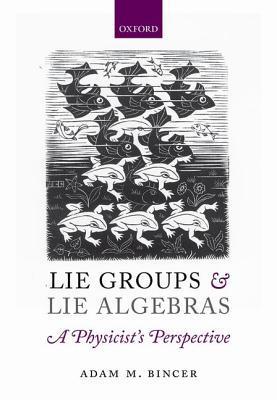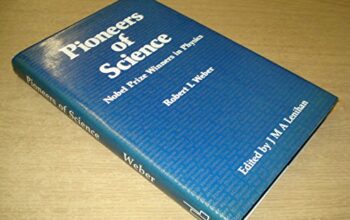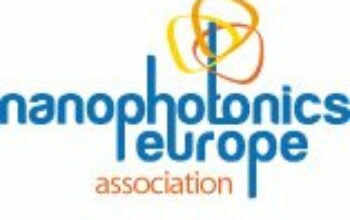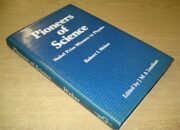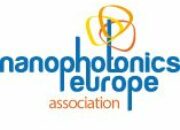In the field of physics, the interrelationship between teaching and research often manifests as a dynamic and symbiotic connection. Effective teaching lays an indispensable foundation that not only facilitates the dissemination of knowledge but also engenders a culture of inquiry that is pivotal for profound research endeavors. This essay delves into the intricacies of “Good Teaching for Good Research” from a physicist’s perspective, scrutinizing the pedagogical approaches that cultivate an environment conducive to innovation and exploration.
At the core of productive scientific research lies the tenet of curiosity, a trait that must be nurtured from the earliest stages of academic instruction. Students enamored with exploration and a profound understanding of fundamental principles are more likely to engage in original research. Adopting an inquiry-based pedagogical methodology is paramount. This approach prioritizes questioning over rote memorization, thus fostering critical thinking and enabling students to grapple with complex phenomena. Through inquiry-based learning, students become active participants in their educational journey, posing hypotheses, conducting experiments, and reflecting upon their findings in a methodological manner.
Moreover, the importance of enthusiasm in teaching cannot be overstated. A physicist’s passion for their subject can be infectious. When educators convey their own fascination with the intricacies of physical laws, they ignite a spark of interest in their students. This emotional engagement acts as a catalyst, prompting students to probe deeper and question further. Teaching that is imbued with genuine enthusiasm initiates a cycle of engagement: students who are inspired are more likely to invest their time and energy into research, thereby perpetuating a cycle of intellectual curiosity. The enthusiasm exhibited by the instructor often mirrors the excitement of discovery inherent in scientific research, bridging the gap between classroom learning and research undertakings.
Additionally, the relationship between pedagogy and research is further elucidated through the concept of mentorship. In academic contexts, mentorship serves as a linchpin that connects teaching and research. An effective mentor empowers students by providing guidance and support, illuminating the pathways toward independent scholarship. This relationship often extends beyond the dissemination of knowledge; mentors instill confidence and a sense of belonging in the research community. The nuanced interactions between mentor and mentee facilitate an enriching academic experience that often culminates in collaborative research projects, thus enhancing the depth of inquiry and innovation.
Moreover, the integration of research into the curriculum is a potent strategy to strengthen this symbiotic relationship. Engaging students in research activities—whether through project-based learning, laboratory work, or field studies—enables them to apply theoretical knowledge to practical situations. This not only enhances comprehension but also cultivates a mindset oriented toward real-world problem-solving. Students who are introduced to research methodologies early in their academic careers are better prepared to tackle complex questions and contribute meaningfully to scientific discourse. They acquire indispensable skills, including data analysis, experimental design, and critical evaluation, all of which are vital for a successful research career.
Furthermore, technological advancements play an increasingly pivotal role in merging teaching methodologies with research practices. Modern educational tools, including simulations and interactive software, allow for an immersive learning experience that can replicate complex physical systems. These tools not only enhance the teaching process by making abstract concepts more tangible but also serve as platforms for research-oriented inquiry. Students can manipulate variables in simulated environments, test hypotheses, and observe the resultant phenomena, thus solidifying their understanding and sparking innovative thoughts. By incorporating technology, educators can bridge the traditional divide between theoretical knowledge and experimental practice.
However, it is imperative to consider the role of a collaborative environment in fostering both teaching and research. An atmosphere characterized by collegiality and openness encourages the exchange of ideas and fosters innovative thought processes. Faculty members who engage in collaborative teaching endeavors often create a richer educational experience for students. This collaborative spirit can lead to interdisciplinary projects that broaden the scope of inquiry, exposing students to diverse methodologies and perspectives. Such experiences can imbue students with a more holistic understanding of physics, while also preparing them to tackle multifaceted problems in their future research.
Nevertheless, good teaching is not merely about techniques or methodologies—it encompasses a broader ethos of support and understanding. Recognizing the diversity of students’ backgrounds, learning styles, and aspirations fosters an inclusive environment. Educators who demonstrate empathy and adaptability are more likely to inspire confidence in their students. This emotional intelligence facilitates the connection between teaching and research, as students who feel valued and understood are more inclined to pursue ambitious research projects.
In conclusion, good teaching is paramount for nurturing the next generation of physicists and researchers. The intricate interplay between teaching methodologies and research practices fosters an academic environment ripe with curiosity, collaboration, and innovation. It is essential for educators to cultivate enthusiasm, provide mentorship, integrate research into the curriculum, leverage technology, and foster a collaborative spirit in order to nurture intellectual exploration. Ultimately, the axiomatic relationship between good teaching and good research underscores the importance of investing in educational practices that empower students, preparing them to contribute meaningfully to the scientific community and, in turn, advancing the field of physics itself.
